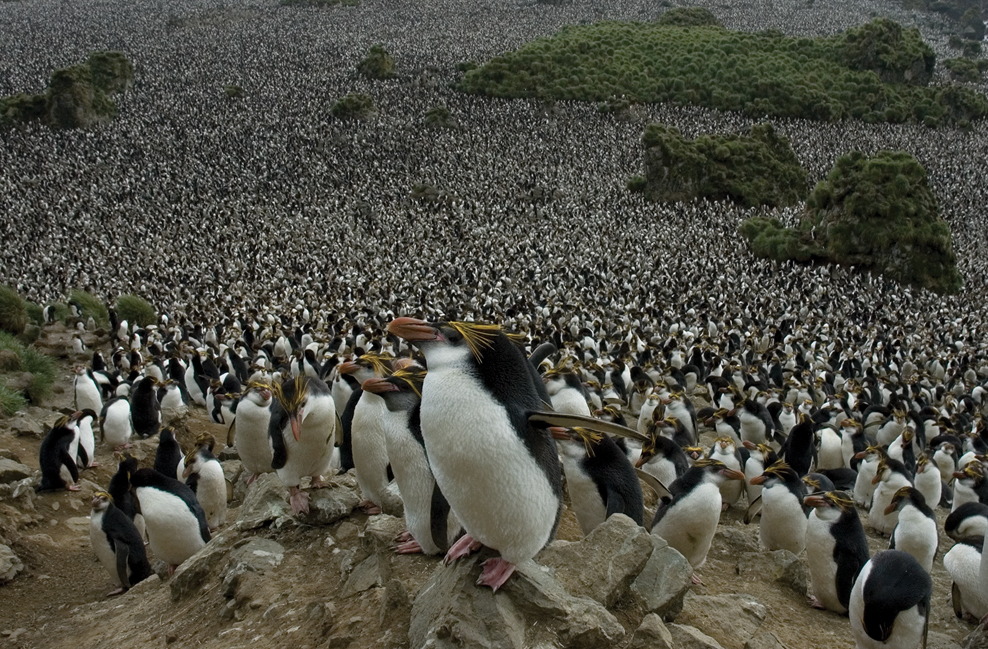Antarctic Biogeography
Some of the indigenous plants, insects and birds
Biogeography
Biogeography is the study of the distribution of biodiversity across space and through time. It has deep roots, going back to Alexander von Humboldt, Alfred Russell Wallace, and Charles Darwin, among others.
Among its most spectacular controversies has been debate about how life has come to reach different areas. Originally, the idea was that species must have made their way from some point of origin to new environments. That is, the distribution of life is all about dispersal. Then, with the discovery of continental drift, the pendulum swung the other way. Species must have moved to new areas along with continental drift, and they must have diverged as the continents separated, leading to the formation of new species. This idea came to be known as vicariance. With the advent of molecular biology and the ability to read gene sequences and establish the timing of speciation, much emphasis has again been placed on dispersal.
Antarctica and the sub-Antarctic Islands have long been centre stage in this controversy. Proposals for spectacular land bridges across the southern ocean, or for a large landmass in the southern Indo-Pacific known as Sudamadie, were all made to explain how the plants and insects of these islands came to be present. Other ideas suggested that huge glaciers during the last glacial maximum of the Pleistocene had determined life’s distribution on the Antarctic continent, across the sub-Antarctic and in the Southern Ocean. Most terrestrial life was found to be post-glacial, with many marine species being dramatically influenced by glaciation or by increased sea-ice.
We now know a great deal about how the Earth’s history and the characteristics of organisms have influenced the distribution of life across the region. But we are still surprisingly in the dark about how life evolved in the region in different groups, how common movements were between the sub-Antarctic islands and Antarctica for both terrestrial and marine species, where some groups actually came from and how long they have been in the region, and what impacts changing glacial cycles had on different kinds of organisms.
Such information is critical not only for understanding the region’s spectacular diversity. It is also essential for conserving it. Knowing about life’s responses to past challenges also provides a helpful guide to how it might respond to circumstances in the future. And that future in the Antarctic not only involves rapidly changing climates, but also the introduction of species from elsewhere that have substantial local impacts.
Functional biogeography is an interdisciplinary approach that combines information on population and species distributions and genetic relationships, organismal characteristics, and Earth and climate history to understand the past, present and likely future distribution of life. It can, and has, provided insights into practical conservation measures and policy responses to deal with the challenges of environmental change.
Biogeographic classification of the Antarctic region
The sub-Antarctic islands are sometimes divided into the South Atlantic Province (South Georgia), South Indian Province (Prince Edward Islands to Heard and McDonald Islands), and South Pacific Province (Macquarie and New Zealand sub-Antarctic Islands). At times, the southern cold temperate and sub-Antarctic islands are grouped together as the Southern Ocean Islands.
The map was drawn by Huw Griffiths (British Antarctic Survey) is published in modified form by the Annual Review of Entomology, and can only be reproduced with permission from Annual Reviews.













